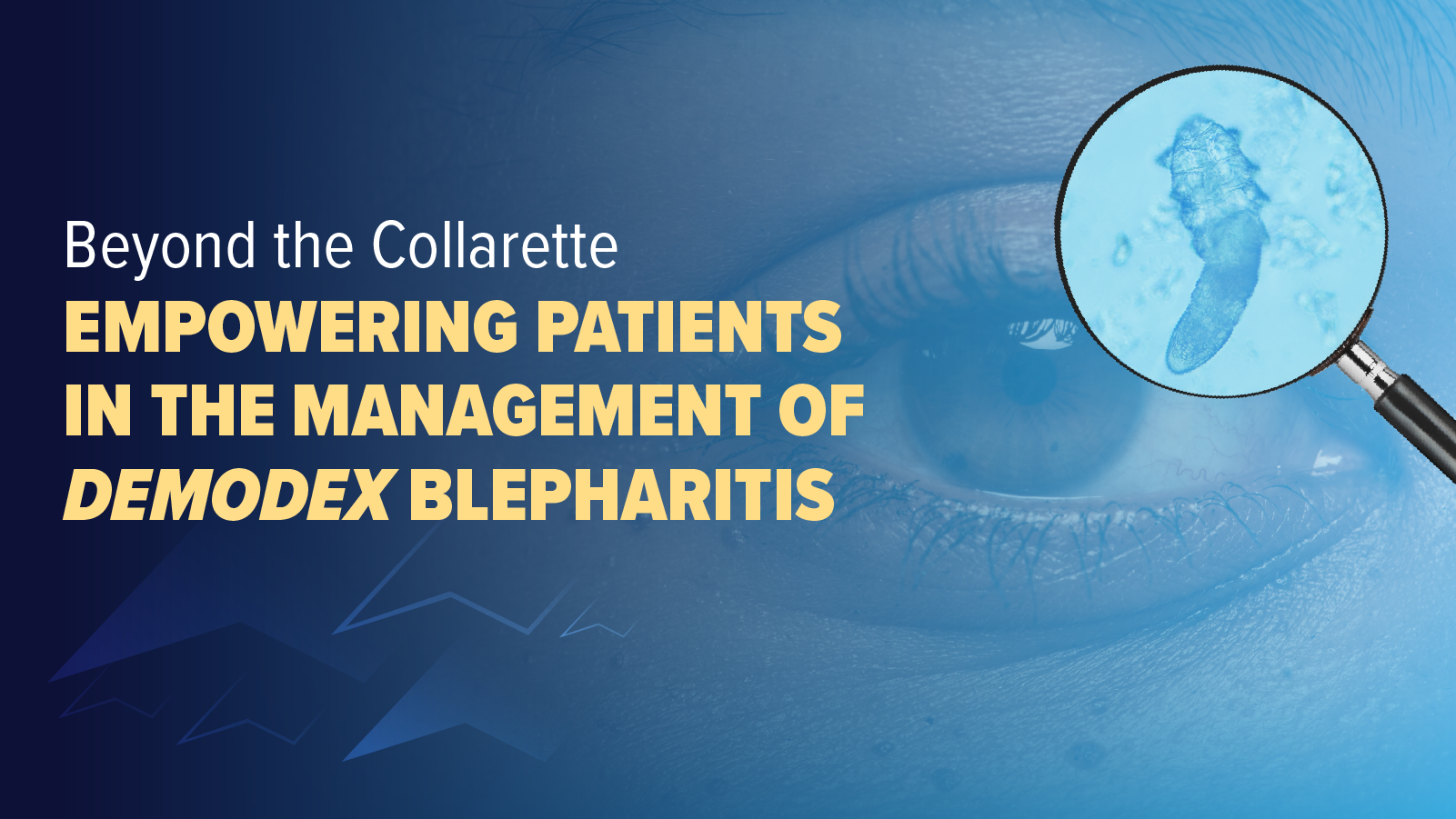A secondary analysis of the STOP-PASC randomized clinical trial, published in JAMA Network Open, suggests that wearable devices may provide useful digital biomarkers for tracking long COVID symptoms and outcomes. The substudy included 50 participants (mean age, 42.7 years; 58% female) who wore smartwatches continuously for 15 weeks while enrolled at Stanford University. Participants had been randomly assigned to receive nirmatrelvir-ritonavir (n = 37) or placebo-ritonavir (n = 13) for 15 days, but no significant differences were detected between treatment arms in biometric outcomes, consistent with the parent trial’s patient-reported results.
Instead, investigators analyzed biometric trajectories, identifying distinct longitudinal patterns in physical activity, heart rate, and oxygen saturation. Cluster analysis showed that participants with lower daytime physical activity reported higher levels of fatigue, shortness of breath, and cardiovascular symptoms. Those with elevated nighttime activity were more likely to experience gastrointestinal symptoms, whereas higher daytime heart rates were associated with less fatigue and less shortness of breath.
To better understand the implications of these findings, Contagion spoke with Linda N. Geng, MD, PhD, clinical associate professor of medicine at Stanford Health Care.
Contagion: Your study identified distinct biometric trajectories among participants with long COVID. Do you see potential for these biometric clusters to help subtype or even redefine long COVID phenotypes in future research?
Geng: These distinct biometric clusters need to be investigated in larger long COVID cohorts and, if replicated consistently, they have the potential to help inform long COVID subtypes and could be integrated with other types of data like clinical symptoms and biological markers to delineate multidimensional phenotypes. Right now, subtyping is primarily based on symptoms, but with these added objective biometric data, we would get deeper and more precise understanding of different groups of patients with long COVID.
Contagion: Despite the biometric variation, no statistically significant differences were seen between the nirmatrelvir-ritonavir and placebo arms. Do you interpret this as a limitation of the intervention, the sample size, or the current resolution of biometric measures?
Geng: The similarities in digital biometrics between the 2 intervention arms in this exploratory substudy are consistent with what we found with the patient-reported outcomes in the primary analysis. This consistency supports the use of digital biometric measures in clinical trials for long COVID and as a useful adjunct to the patient-reported outcomes.
Contagion: Several patterns, such as elevated nighttime activity and altered heart rate, appeared to correlate with specific symptom burdens. Could these metrics eventually inform real-time treatment monitoring or even early warning systems for symptom relapse?
What You Need To Know
Smartwatch data from 50 participants revealed distinct trajectories in physical activity, heart rate, and oxygen saturation linked to long COVID symptoms.
No significant differences were observed between nirmatrelvir-ritonavir and placebo arms, mirroring the main trial’s patient-reported outcomes.
Digital biometric measures may help refine long COVID subtypes, enable real-time monitoring, and serve as adjuncts in clinical trials.
Geng: Wearable devices measuring digital biometrics have the potential to inform real-time treatment monitoring, symptom and activity management, predicting prognosis, and even early detection for symptom relapse. The patterns we found help us better understand the different physiological changes that occur in patients experiencing varied long COVID symptoms. This will need to be validated in larger cohorts before further applications in the clinical realm, but the findings are intriguing and suggest physiological parameters are associated with different symptom phenotypes.
Contagion: Given the success of passive biometric tracking in this context, what are your thoughts on integrating this kind of monitoring into larger-scale or more diverse populations, especially in lower-resource settings?
Geng: We need to do further research to support the utility and validity of wearable device biometric measures and monitoring in clinical applications for patients with long COVID. If these demonstrate good clinical utility and can be low-cost and accessible, they could be scaled to larger, more diverse populations and reach people in lower-resource and geographically underserved settings. As with digital health technologies in general, they are powerful tools that can help promote health for many people, and we need to ensure they narrow health equity gaps rather than widen them.
Context From the Main STOP-PASC Trial
The main STOP-PASC trial, published in JAMA Internal Medicine in June 2024, evaluated a 15-day course of nirmatrelvir-ritonavir (Paxlovid) in 155 adults with long COVID. While the regimen was found to be safe, it did not significantly improve core symptoms such as fatigue, brain fog, dyspnea, cardiovascular issues, or gastrointestinal concerns compared with placebo. These findings underscored the continued lack of FDA-approved treatments for long COVID and set the stage for exploratory substudies, including investigations of wearable-derived biometrics.2
References
1. Gunturkun F, Hedlin H, Botzheim B, et al. Digital biometric measures in long COVID: a secondary analysis of the STOP-PASC randomized clinical trial. JAMA Netw Open. 2025;8(8):e2526901. doi:10.1001/jamanetworkopen.2025.26901
2. Geng LN, Bonilla H, Hedlin H, et al. Nirmatrelvir-ritonavir and symptoms in adults with postacute sequelae of SARS-CoV-2 infection: the STOP-PASC randomized clinical trial. JAMA Intern Med. Published online June 7, 2024. doi:10.1001/jamainternmed.2024.2007



















































































































































































































































































